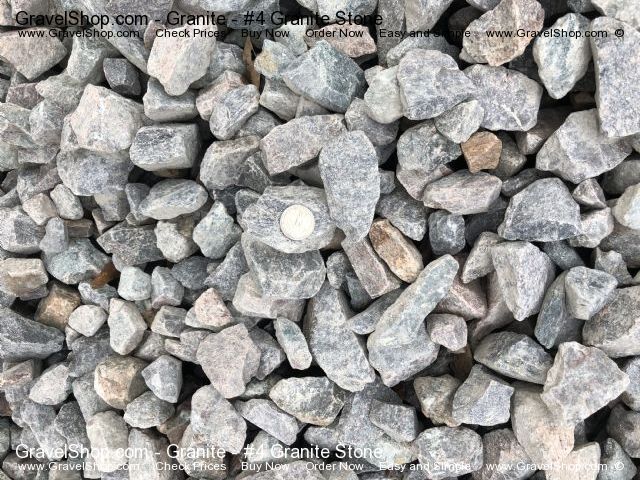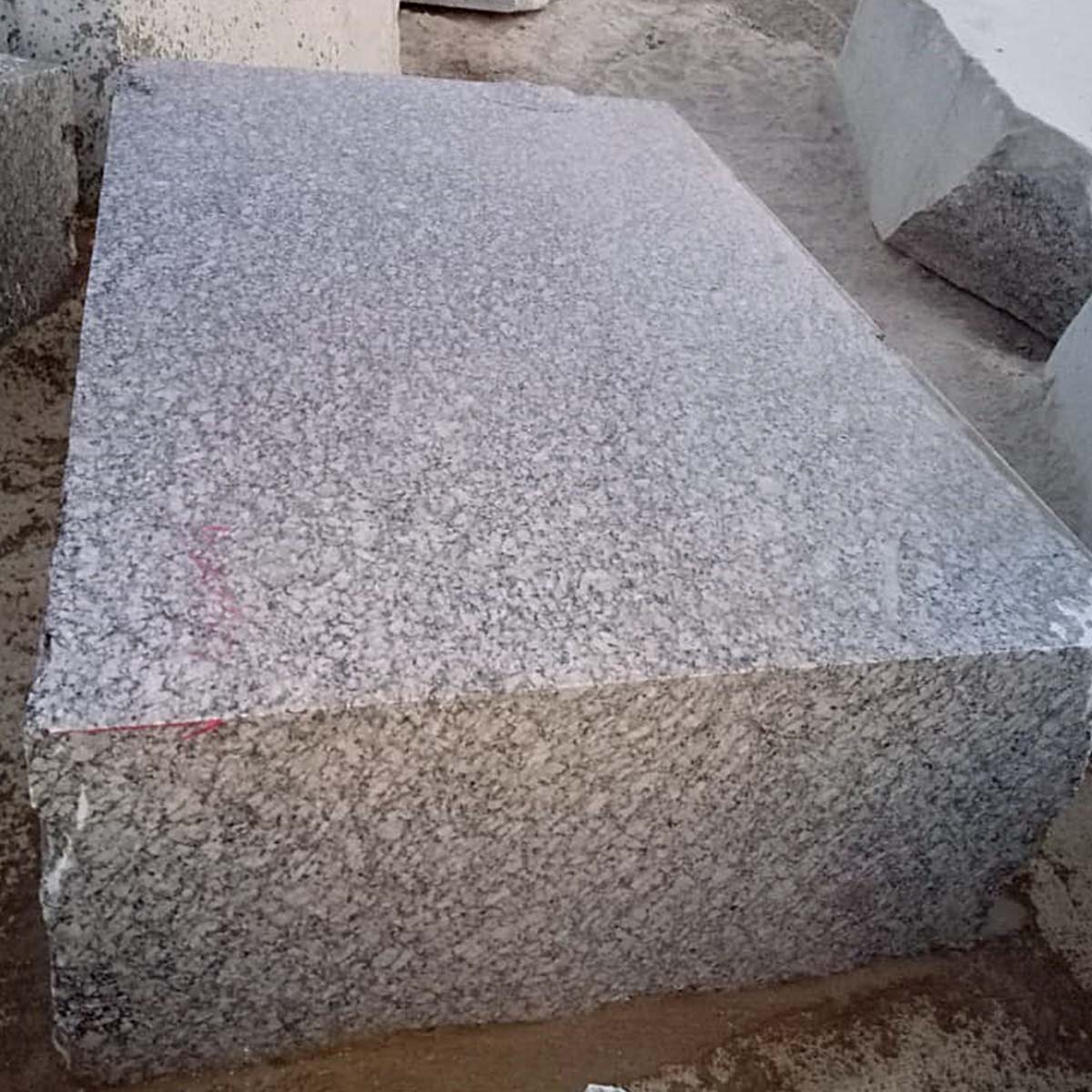Geological Marvels Introduced: Explore the Rich Heritage of Granite Quarries in Rustenburg
Wiki Article
The Granite Quarry Chronicles: Uncovering the Splendor of Nature's Prizes
The Granite Quarry Chronicles: Discovering the Richness of Nature's Treasures is an informing exploration right into the interesting world of granite quarries. Written with a professional tone, The Granite Quarry Chronicles provides a captivating journey for nature lovers, geologists, and anybody looking for a much deeper understanding of the natural wonders bordering us.The Development of Granite: A Geological Wonder
The formation of granite, a geological wonder, is a complicated procedure that can be comprehended by taking a look at the various phases it undertakes via the action of below ground forces. Granite is an igneous rock developed deep within the Planet's crust under problems of intense warmth and pressure. It begins with the melting of pre-existing rocks, such as basalt or gabbro, in the reduced crust or top mantle. This molten product, referred to as lava, climbs in the direction of the Planet's surface area via cracks and fissures in the crust.As the magma gradually solidifies and cools down, it undergoes a process called crystallization. This procedure includes the growth of mineral crystals within the lava, resulting in the formation of a grainy rock with a distinctive granular structure. The key minerals present in granite include quartz, mica, and feldspar, which give it its particular polychromatic look.
In time, the cooled granite rock is exposed with disintegration and uplift of the Earth's surface area. It is then quarried and used extensively in building, as a decorative rock, and for different other purposes due to its durability, visual allure, and resistance to weathering.
Recognizing the development of granite is necessary not only for geological expedition and research however additionally for appreciating the elegance and relevance of this natural wonder.
The Hidden Wonders: Minerals and Crystals Established In Granite
Continuing the exploration of granite's formation, we look into the hidden marvels of the minerals and crystals located within this amazing rock. Granite, a grainy igneous rock composed generally of feldspar, mica, and quartz, is recognized for its toughness and toughness. It is the presence of numerous minerals and crystals that includes to its attraction and aesthetic charm.Among one of the most common minerals located in granite is quartz. Quartz crystals are known for their clarity and dynamic colors, ranging from milklike white to great smoky gray and also purple. These crystals not just include charm to granite yet also boost its toughness and resistance to scrapes and staining.
An additional mineral frequently located in granite is feldspar - granite quarries in rustenburg. Feldspar crystals can be found in a selection of shades, including white, pink, and grey. They add to the one-of-a-kind patterns and appearances seen in granite slabs, making each item of granite really one-of-a-kind

Along with these minerals, granite may likewise contain other minerals such as biotite, amphibole, and pyroxene, which even more enhance its elegance and individuality.
Uncovering the Past: Fossils and Old Remains in Granite Quarries
Discovering the midsts of granite quarries reveals a fascinating range of fossils and ancient remains. These residues from the past supply valuable insights into the history of life in the world and supply a peek right into the ancient communities that once thrived in the areas where granite quarries currently stand.Fossils found in granite quarries can include the remains of plants, pets, and even microorganisms - granite quarries in rustenburg. These maintained remnants can range from little fragments to complete skeletons, providing researchers with essential clues about vanished species and the evolution of life. By examining these fossils, researchers can reconstruct the previous and better recognize the biodiversity that existed numerous years back
Among the most amazing facets of locating fossils in granite quarries is the conservation of delicate structures. Granite is a difficult and resilient rock, making it an ideal tool for protecting fossils over extended periods of time. This distinct conservation allows researchers to research complex details, such as the microscopic frameworks of plants or the great attributes of ancient microorganisms.
Additionally, the exploration of old remains in granite quarries can you can try this out clarify the geological background of an area (granite quarries in rustenburg). By examining the fossils and their surrounding rock layers, geologists can figure out the age of the granite and gain insights into the environmental conditions that dominated during its formation
Breathtaking Landscapes: Nature's Masterpieces Carved in Rock
As we dig deeper into the Granite Quarry Chronicles, we encounter the breathtaking beauty of nature's work of arts carved in rock. The awesome landscapes found within granite quarries are truly a sight to lay eyes on. These all-natural developments, shaped over countless years, showcase the complex virtuosity of Nature.Granite quarries are known for their sensational rock developments, produced via the geological processes of erosion and weathering. internet The outcome is a landscape loaded with imposing cliffs, deep gaps, and impressive optimals. Each formation informs a special story, revealing the forces of nature that have actually formed our earth.
One of one of the most exceptional functions of these landscapes is the vibrant colors located within the granite. The interplay of light and shadow on the rock surface areas produces an exciting visual impact. From shades of gray and black to complex patterns of red, green, and blue, the granite quarries present a kaleidoscope of shades that mesmerize the eye.
Along with their aesthetic appeal, these landscapes likewise offer a habitat for a diverse variety of plant and pet varieties. The tough surface and distinct rock formations offer shelter and resources for a range of plants and animals, adding to the eco-friendly richness of the area.
Going to a granite quarry allows us to witness firsthand the majesty of nature's creations. It is a humbling experience that advises us of the immense power and elegance that exists in the globe around us.
Environmental Influence: Preservation and Sustainability Initiatives in Granite Quarrying
The preservation of natural deposits and the promo of sustainable practices are critical in the granite quarrying market. Quarrying for granite involves the extraction of big amounts of stone from the earth, which can have a considerable effect on the surrounding environment. Nonetheless, there are efforts being made to minimize this influence and make sure the long-lasting conservation of these valuable resources.
Along with lasting removal techniques, conservation efforts also concentrate on post-quarrying rehab and reconstruction. This involves bring back quarried locations to their all-natural state and promoting the growth of native plant life. By replanting shrubs and trees and developing environments for wildlife, quarry sites can be changed into important preservation areas.
Moreover, the granite quarrying sector is proactively participating in study and growth to discover more lasting choices to traditional quarrying methods. This includes exploring new technologies and products that can decrease the environmental influence of quarrying procedures.

Conclusion
To conclude, the granite quarry chronicles have actually revealed the exceptional geological wonder of granite formation, the concealed marvels of minerals and crystals found within, the unearthing of fossils and old remains, and the breathtaking landscapes sculpted in rock. It is obvious that preservation and sustainability initiatives in granite quarrying are important for protecting nature's treasures. The richness and charm of nature located within granite quarries are a testimony to the wonders that can be uncovered when here checking out the depths of the planet.The Granite Quarry Chronicles: Revealing the Splendor of Nature's Treasures is an enlightening exploration into the interesting globe of granite quarries. They add to the special patterns and appearances seen in granite pieces, making each item of granite truly one-of-a-kind.
As we delve deeper right into the Granite Quarry Chronicles, we come across the stunning appeal of nature's work of arts carved in rock.In conclusion, the granite quarry narrates have disclosed the impressive geological wonder of granite development, the concealed marvels of crystals and minerals located within, the unearthing of fossils and old remains, and the awesome landscapes sculpted in stone. The richness and beauty of nature found within granite quarries are a testimony to the wonders that can be uncovered when exploring the depths of the planet.
Report this wiki page